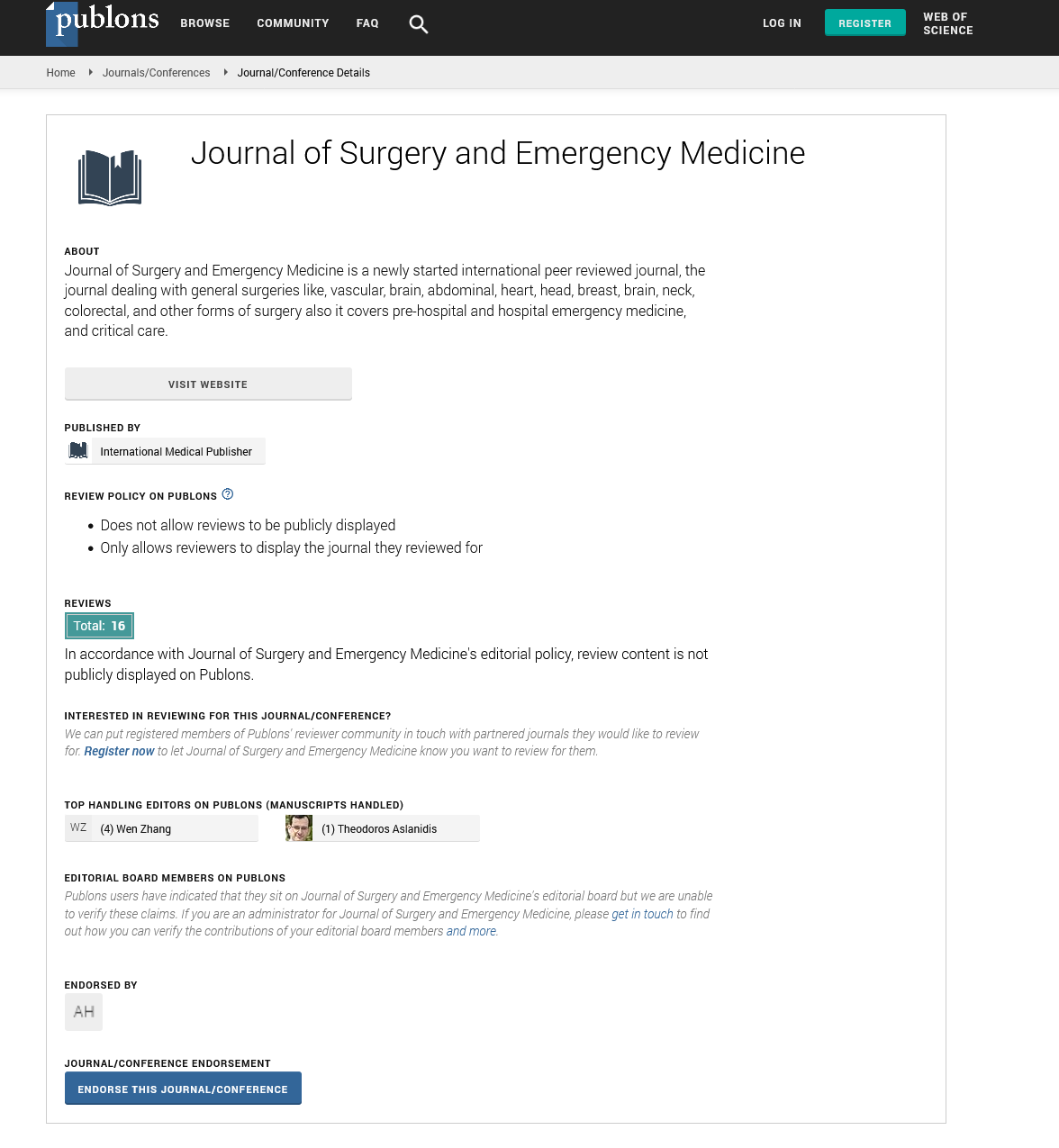Laparoscopic Cholecystectomy
A laparoscopic cholecystectomy is a medical procedure during which the specialist expels your gallbladder. This system utilizes a few little cuts rather than one enormous one.
A laparoscope, a limited cylinder with a camera, is embedded through one entry point. This permits your PCP to see your gallbladder on a screen. Your gallbladder is then evacuated through another little cut.
The method is utilized when you have stones in your gallbladder. The gallbladder stores bile, a liquid made by your liver. Bile helps digest fats in the nourishments you eat. Gallstones can hinder the progression of bile in your stomach related framework. This blockage can cause swelling, queasiness, heaving, and agony in your mid-region, shoulder, back, or chest. Gallstones can likewise obstruct the conduits that channel the bile from the liver or gallbladder to the digestive system. Gallstones can make the gallbladder become contaminated. A blockage in the normal bile conduit can cause jaundice (yellowing of your skin or eyes) or disturb the pancreas
A cholecystectomy is the evacuation of your gallbladder through a cut in the upper mid-region.
An open cholecystectomy may be required rather than a laparoscopic cholecystectomy as a result of:
Major scarring from a past medical procedure.
A draining issue.
A condition that would make it hard to see through the laparoscope.
High Impact List of Articles
-
Acute tip appendicitis contained within a right sided inguinal hernia (Amyand's Hernia): a case report
Christine Wagner -
Acute tip appendicitis contained within a right sided inguinal hernia (Amyand's Hernia): a case report
Christine Wagner -
Folic Acid and Neural Tube Defects - Knowledge and Practices of Mothers from Pakistan
Shoaib M, Choudry UK, Tariqa S, Siddiqa IA, Khaliq MF, Noorani MM, Ahmed SA and Iftikhar WResearch Paper: Journal of Surgery and Emergency Medicine
-
Folic Acid and Neural Tube Defects - Knowledge and Practices of Mothers from Pakistan
Shoaib M, Choudry UK, Tariqa S, Siddiqa IA, Khaliq MF, Noorani MM, Ahmed SA and Iftikhar WResearch Paper: Journal of Surgery and Emergency Medicine
Conference Proceedings
-
The study of factors affecting maternal mortality in tertiary care teaching institute in tribal region of eastern Maharashtra: Paving a way forward
Aishwarya RathodPosters & Accepted Abstracts: Archives of Medicine
-
The study of factors affecting maternal mortality in tertiary care teaching institute in tribal region of eastern Maharashtra: Paving a way forward
Aishwarya RathodPosters & Accepted Abstracts: Archives of Medicine
-
Targeting descending dopaminergic signalling to treat trigeminal neuropathic pain
Feng TaoPosters & Accepted Abstracts: International Journal of Anesthesiology & Pain Medicine
-
Targeting descending dopaminergic signalling to treat trigeminal neuropathic pain
Feng TaoPosters & Accepted Abstracts: International Journal of Anesthesiology & Pain Medicine
-
Safety and effectiveness of nimotuzumab in the treatment of advanced head and neck cancer patients in open population
Aliz M VegaPosters & Accepted Abstracts: Archives of Medicine
-
Safety and effectiveness of nimotuzumab in the treatment of advanced head and neck cancer patients in open population
Aliz M VegaPosters & Accepted Abstracts: Archives of Medicine
-
Zygomatic implant treatment: a new minimally invasive technique with piezoelectric instrumentation
Andrea TedescoScientificTracks Abstracts: Dentistry and Craniofacial Research
-
Zygomatic implant treatment: a new minimally invasive technique with piezoelectric instrumentation
Andrea TedescoScientificTracks Abstracts: Dentistry and Craniofacial Research
-
Effect of interleukin-33 on T-Helper17 cytokines InterleukinL-17 and InterLeukin-22 in saliva of patients with oropharyngeal candidiasis
Wifaq M.Ali Al-Wattar, Warkaa M.Al-Wattar, Maher K.Jasim and Jamal N.AhmedPosters & Accepted Abstracts: Dentistry and Craniofacial Research
-
Effect of interleukin-33 on T-Helper17 cytokines InterleukinL-17 and InterLeukin-22 in saliva of patients with oropharyngeal candidiasis
Wifaq M.Ali Al-Wattar, Warkaa M.Al-Wattar, Maher K.Jasim and Jamal N.AhmedPosters & Accepted Abstracts: Dentistry and Craniofacial Research
Relevant Topics in Medical Sciences
Google Scholar citation report
Citations : 131
Journal of Surgery and Emergency Medicine received 131 citations as per Google Scholar report
Journal of Surgery and Emergency Medicine peer review process verified at publons
Abstracted/Indexed in
- Google Scholar
- Publons
Open Access Journals
- Aquaculture & Veterinary Science
- Chemistry & Chemical Sciences
- Clinical Sciences
- Engineering
- General Science
- Genetics & Molecular Biology
- Health Care & Nursing
- Immunology & Microbiology
- Materials Science
- Mathematics & Physics
- Medical Sciences
- Neurology & Psychiatry
- Oncology & Cancer Science
- Pharmaceutical Sciences
